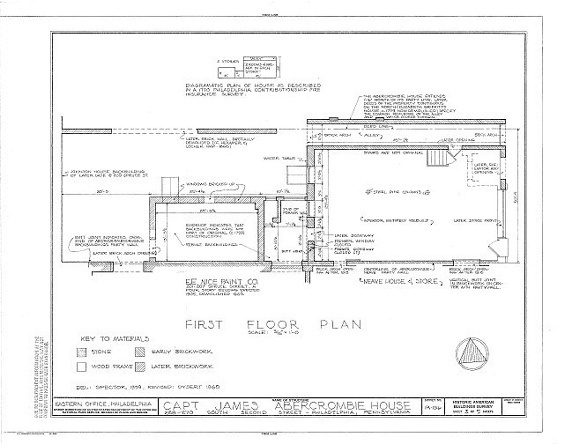Exterior
4/5
Interior
0/5
Site
3/5
History
3/5
Overall
3/5
This grand Society Hill mansion in the Georgian Style would have been one of the showplaces of Colonial Philadelphia. The ground floor exterior and interiors were lost in the 1800’s but many other exterior details are original.
Private



